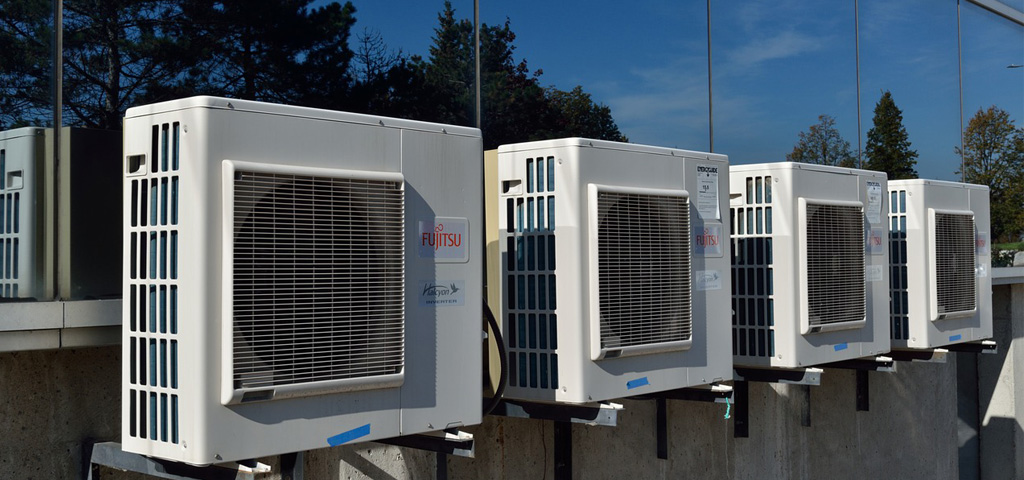At AJ’s Air, the best commercial and residential AC service, we believe that it is almost impossible to spend a summer without air conditioning. However, the air conditioning history goes back a little over a hundred years ago. When we talk about modern residentail air conditioning, we must remember Willis Haviland Carrier, who invented it at the beginning of the 20th century. Since then, technology and equipment have been improved to achieve more sophisticated and efficient systems, which are what we have today.
Year 1902:
The American engineer Willis Haviland Carrier invents the first air conditioning unit that works with electricity. This first equipment in the air conditioning history is installed in a printing house that, due to high temperatures, could not work because the paper wrinkled during the printing process. The Carrier machine is popularized quickly in other businesses such as tobacco companies, pharmaceutical laboratories, and bakeries.
Year 1907:
Carrier develops its first sale abroad, specifically in Japan, for an industry dedicated to the manufacture of silk fabrics in Yokohama.
Year 1915:
Thanks to the previous success, Carrier joins six other partners and founds the Carrier Corporation.
Years 1922 and 1924:
In 1922, Carrier develops the centrifugal chiller, which will be installed for the first time in 1924 in the department store J.L. Hudson in Detroit. Such was the success that other buildings, for example, hospitals and offices, requested the same equipment.
Year 1930:
The company is responsible for the air conditioning of the Rivoli Cinema, in New York. It is the first time that the general public has access to air conditioning.
Year 1939:
Carrier presents new equipment at the World’s Fair that year, more powerful and better adapted to the people’s needs. However, it will not be until after the Second World War when sales of this type can be consolidated.
Year 1958:
This year, Panasonic presents its first air conditioning model for domestic installation. The main challenge they faced was to obtain equipment small enough to be installed in a medium-sized home.
The air conditioning history comes to the decade of the 60s when the base of the air conditioning sector was already established. Little by little, the equipment became smaller, less noisy, and more efficient from the power and energy efficiency point of view. In the same way, their form and capacities were gradually diversified, also introducing systems that included heat pumps and relative humidity control. In this way, they ended up developing air conditioning as we understand it today.
Without the air conditioning benefits, in some places, it would be difficult to live. It is a technology that is already an inseparable part of our modern lifestyle. Can you imagine what it would be like to live without any type of air conditioning?


